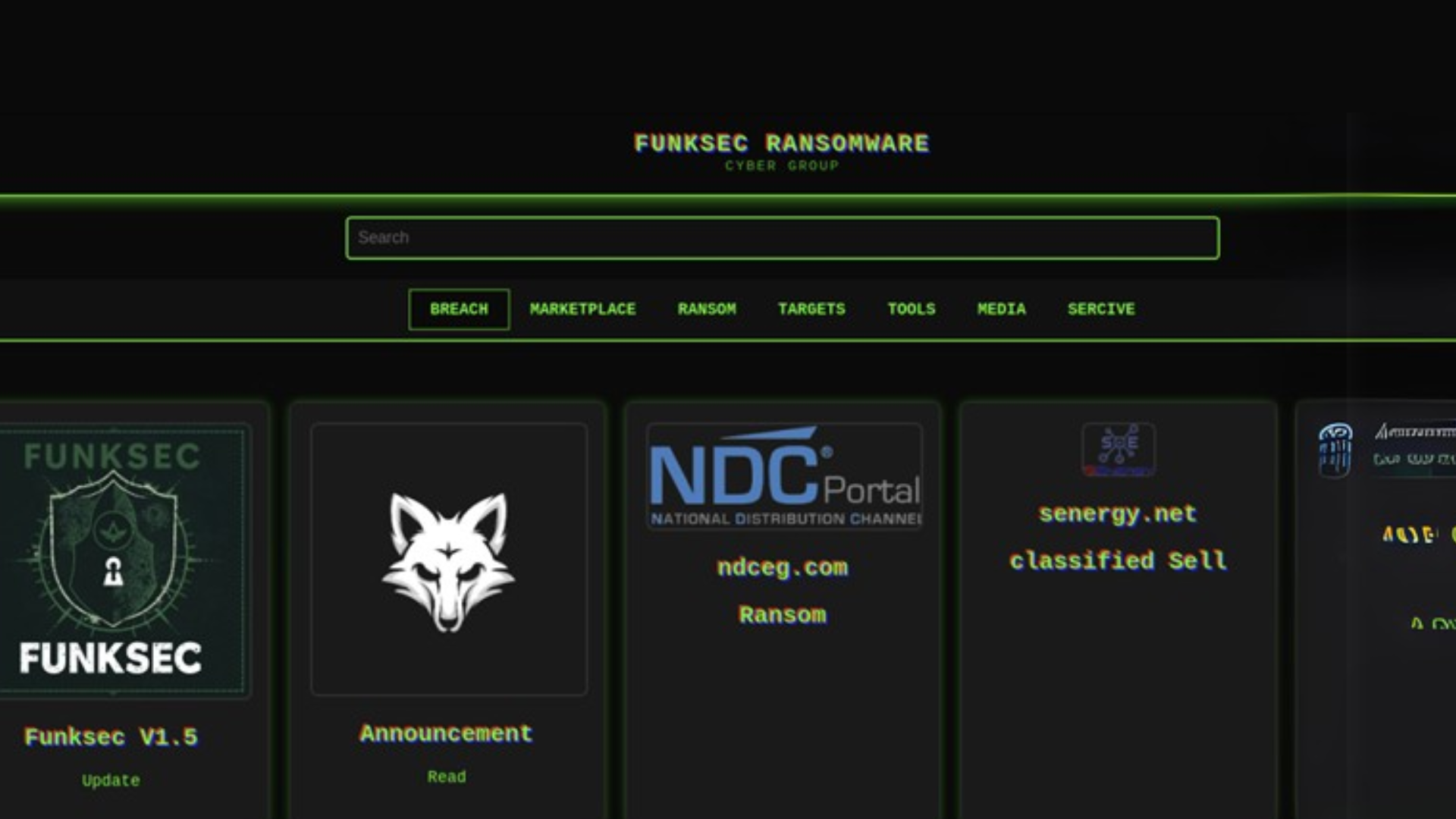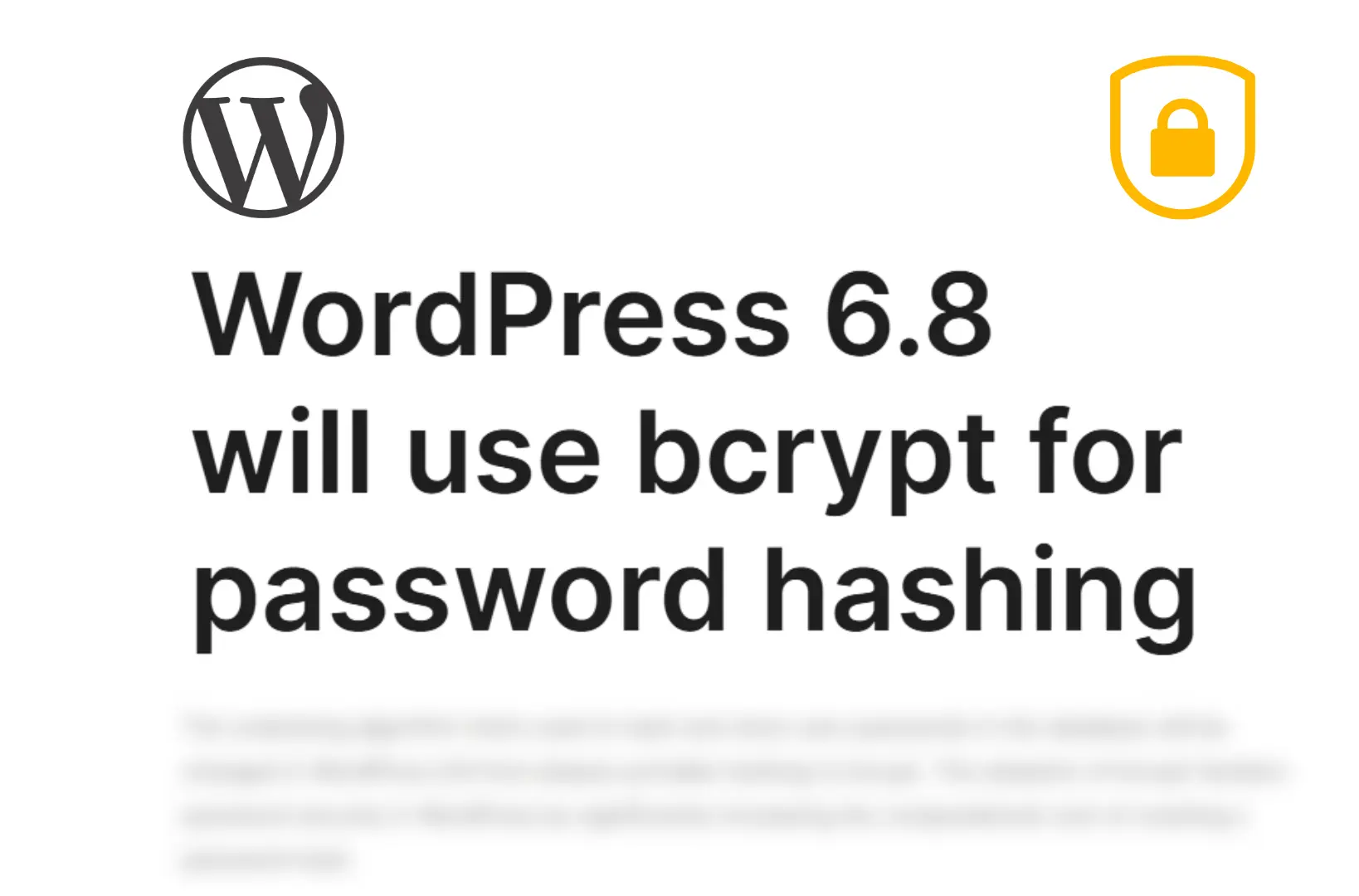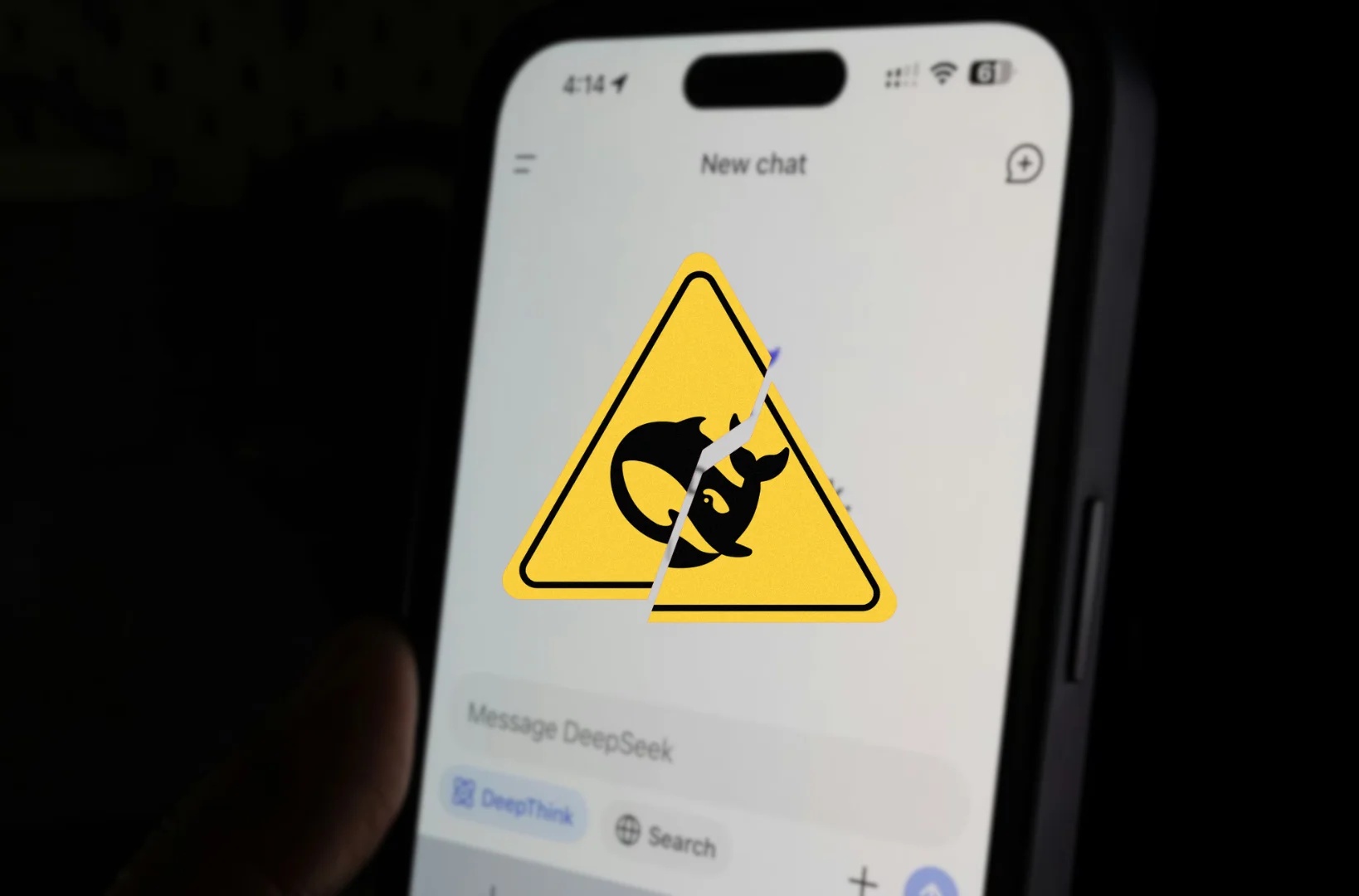In a world where cyber threats are becoming increasingly sophisticated, the recent surge of AI-driven ransomware attacks highlights just how advanced and damaging modern cybercriminal operations can be. A prominent name emerging in this new wave of ransomware is FunkSec, a highly organized group of cybercriminals who are using artificial intelligence (AI) to enhance their ransomware operations. The group has been linked to targeting at least 85 organizations, employing an advanced form of double extortion tactics. This article takes a deep dive into how FunkSec is using AI to revolutionize the ransomware landscape and what organizations can do to protect themselves from falling victim to such sophisticated attacks.
Who is FunkSec?
FunkSec, an increasingly notorious ransomware group, has become one of the most alarming cyber threats of the last year. While ransomware groups have long been a significant concern in the cybersecurity landscape, FunkSec is distinguishing itself by utilizing AI and other advanced technologies to maximize the impact of its attacks. This group is not just focused on encrypting files and demanding ransom; FunkSec uses AI tools to tailor its attacks, making them more precise and potentially more devastating than ever before.
Although the exact origin of FunkSec remains unclear, their attacks have shown a remarkable degree of sophistication. The group’s ransomware operations now appear to be powered by highly advanced AI capabilities, which enable them to breach networks with unprecedented efficiency. By exploiting both human and system vulnerabilities, FunkSec is able to extract data and hold it for ransom, causing severe disruptions to its victims’ operations.
The Double Extortion Model: A New Threat Level
FunkSec’s attacks have made extensive use of double extortion tactics, a ransomware strategy that has been gaining traction among cybercriminal groups in recent years. Double extortion works in two stages: the first involves encrypting a victim’s files and demanding a ransom to restore access to those files. The second stage is even more insidious—if the victim does not pay the ransom, the attacker threatens to release sensitive data to the public or to the victim’s competitors, further increasing the pressure to comply with their demands.
This dual-threat model is especially effective because it leverages the threat of both data loss and reputational damage. Organizations are now forced to consider not only the financial impact of paying the ransom but also the potential damage to their reputation, customer trust, and regulatory standing if sensitive information is exposed.
FunkSec’s use of double extortion is particularly concerning because the AI-powered tools that drive their operations allow for much faster and more precise data exfiltration. These tools scan the targeted systems and extract valuable information quickly, which can include customer databases, financial records, employee information, intellectual property, or any other data that could inflict substantial harm on the victim.
AI-Driven Attacks: The Brain Behind FunkSec’s Operations
AI is playing a central role in FunkSec’s ransomware attacks, significantly enhancing the effectiveness and scope of their operations. AI technology enables FunkSec to automate various stages of the attack cycle, making their methods both faster and more accurate.
One of the key features of AI in FunkSec’s operations is its ability to identify high-value targets. Traditional ransomware attacks often rely on mass scanning for vulnerable systems, but FunkSec’s AI capabilities allow it to focus on the most lucrative targets—those with the most sensitive data or the greatest potential for high ransom payouts. The AI system is designed to analyze the target’s infrastructure, identify critical systems, and plan the attack with an unprecedented level of precision.
Furthermore, FunkSec uses AI for lateral movement within a compromised network. Once the ransomware is deployed, AI-driven algorithms help the attackers explore the network for additional high-value assets. This is crucial for maximizing the effectiveness of the double extortion model, as FunkSec’s AI can help identify the most sensitive files to exfiltrate, putting additional pressure on the victim to pay up.
Another innovative feature of FunkSec’s AI-driven ransomware is its ability to evade detection. By continuously learning and adapting to security measures in real-time, FunkSec’s malware is able to avoid traditional antivirus solutions and even more advanced intrusion detection systems. The AI can modify its behavior to mimic normal system operations, making it more challenging for cybersecurity professionals to detect and neutralize the threat.
The AI-powered malware also helps FunkSec optimize the timing of its attacks. By analyzing the organization’s schedule and identifying moments when it is most vulnerable—such as during off-hours or when key personnel are absent—the group is able to deploy its ransomware with maximum impact, catching the target off-guard and giving them less time to respond.
Victims and the Extent of the Impact
FunkSec’s recent attacks have targeted a wide range of organizations, with at least 85 confirmed victims across various sectors. The group has shown no mercy in selecting targets, with industries such as healthcare, finance, government, and manufacturing being among the most affected. These sectors are particularly vulnerable due to the critical nature of their operations and the sensitive data they handle.
For example, several healthcare organizations were affected by FunkSec’s ransomware, leading to the shutdown of patient-facing services. The disruption of healthcare operations, especially during a time when many systems are already stretched thin due to the pandemic, can lead to severe consequences, including the loss of life in extreme cases. Financial institutions have also been affected, with customer financial data potentially being exposed or compromised.
In the government sector, the impact of double extortion can be far-reaching, as classified or sensitive government documents may be targeted for exfiltration. In some cases, the release of such data could undermine national security or result in diplomatic tensions. The consequences of such an attack are not only financial but could have geopolitical ramifications.
The scope of the damage caused by these attacks goes beyond the immediate ransom demands. Organizations also face long-term consequences, including reputational damage, loss of customer trust, legal liability, and regulatory penalties. For example, healthcare organizations might face investigations from privacy regulators if patient data is exposed, while financial institutions could see a significant decline in customer confidence and financial losses.
Defending Against AI-Powered Ransomware
The rise of AI-driven ransomware like FunkSec presents a new challenge for organizations seeking to protect themselves from cyberattacks. As the sophistication of ransomware groups continues to increase, companies must be more proactive than ever in securing their networks and data. Traditional cybersecurity measures are no longer enough to combat these new AI-powered threats.
Here are some key strategies for defending against AI-driven ransomware attacks:
- AI-Enhanced Threat Detection: Organizations should invest in AI-powered threat detection systems that can identify ransomware behavior more quickly than traditional antivirus software. These systems can analyze patterns of activity and detect unusual behavior, enabling a faster response to potential threats.
- Regular Backups: One of the most effective ways to protect against ransomware is to maintain secure, offline backups of critical data. Regularly backing up data ensures that, even if an organization’s files are encrypted, they can restore their operations without paying a ransom.
- Zero Trust Architecture: Implementing a zero-trust security model, where access is granted based on continuous verification rather than trust, can limit the damage caused by ransomware. This model makes it harder for ransomware to spread within the network, as every access request is scrutinized.
- Employee Training: Phishing remains one of the most common attack vectors for ransomware. Educating employees about how to recognize suspicious emails and links is critical in preventing the initial infection.
- Incident Response Plan: Having a well-defined incident response plan in place ensures that organizations can react swiftly in the event of a ransomware attack. This should include predefined communication protocols, containment procedures, and a team of cybersecurity experts ready to respond.
Conclusion
The rise of AI-driven ransomware, led by groups like FunkSec, signals a new era of cyber threats that are more sophisticated, adaptive, and damaging than ever before. By leveraging the power of artificial intelligence, FunkSe,c and similar groups are able to infiltrate systems with greater precision, exfiltrate valuable data, and deploy double extortion tactics that put organizations in an increasingly difficult position.
To protect themselves from these evolving threats, organizations must invest in advanced security technologies, adopt proactive strategies, and foster a security-conscious culture. Only by staying ahead of cybercriminal innovations can businesses and institutions safeguard their data and operations from the growing menace of AI-powered ransomware.
Suggested Reads:
Google Reportedly Working on a Content Filter Feature for Gemini
OpenAI’s ChatGPT and Sora Services are Now Fully Operational
Parker Solar Probe’s Closest Sun Flyby Sets Records

Burhan Ahmad is a Senior Content Editor at Technado, with a strong focus on tech, software development, cybersecurity, and digital marketing. He has previously contributed to leading digital platforms, delivering insightful content in these areas.








